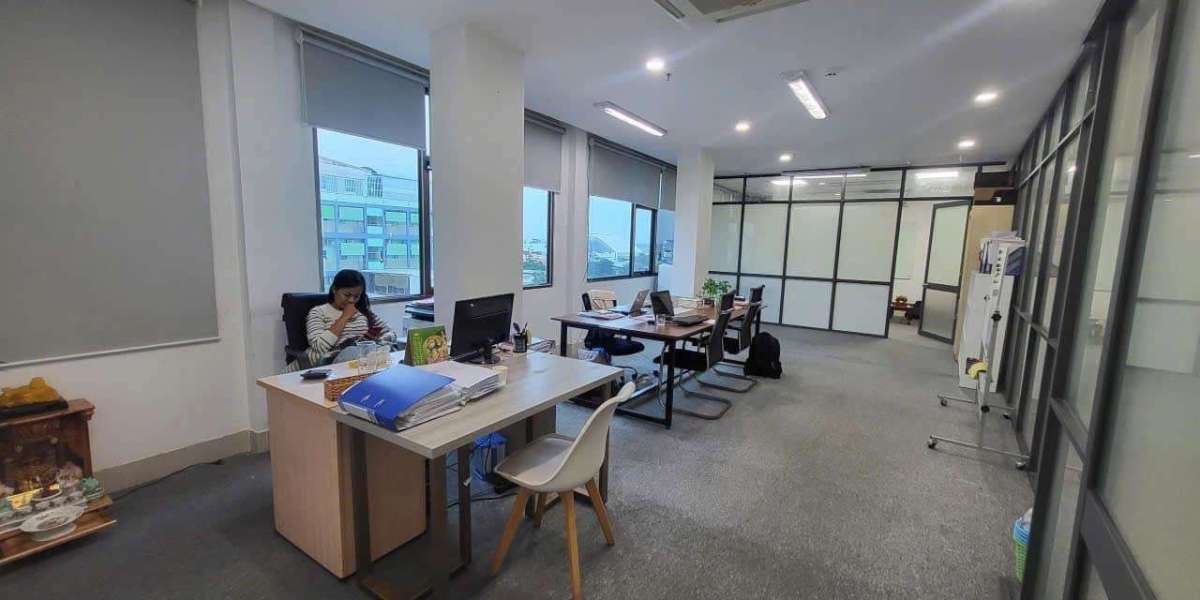The obstacle postured to America by China's DeepSeek expert system (AI) system is extensive, calling into question the US' general method to facing China. DeepSeek uses ingenious services beginning from an initial position of weakness.

America believed that by monopolizing the usage and development of advanced microchips, it would permanently paralyze China's technological advancement. In truth, it did not occur. The inventive and resourceful Chinese discovered engineering workarounds to bypass American barriers.

It set a precedent and something to consider. It could take place each time with any future American innovation; we shall see why. That said, American innovation remains the icebreaker, the force that opens brand-new frontiers and horizons.
%20Is%20Used%20In%20Biometrics.jpg)
Impossible direct competitions
The concern lies in the regards to the technological "race." If the competition is simply a linear game of technological catch-up in between the US and China, the Chinese-with their resourcefulness and huge resources- may hold an almost insurmountable advantage.
For example, China produces 4 million engineering graduates every year, almost more than the remainder of the world integrated, and has a huge, semi-planned economy efficient in concentrating resources on priority goals in ways America can barely match.
Beijing has countless engineers and billions to invest without the instant pressure for monetary returns (unlike US companies, which deal with market-driven obligations and expectations). Thus, China will likely constantly reach and overtake the newest American innovations. It might close the space on every innovation the US introduces.
Beijing does not need to search the globe for breakthroughs or save resources in its mission for development. All the experimental work and monetary waste have actually already been carried out in America.
The Chinese can observe what operate in the US and pour cash and leading talent into targeted projects, betting reasonably on marginal improvements. Chinese ingenuity will manage the rest-even without thinking about possible industrial espionage.
Latest stories
Trump's meme coin is a boldfaced money grab
Fretful of Trump, Philippines floats missile compromise with China
Trump, Putin and Xi as co-architects of brave brand-new multipolar world

Meanwhile, America may continue to leader new developments however China will always catch up. The US may complain, "Our innovation is exceptional" (for whatever reason), but the price-performance ratio of Chinese products could keep winning market share. It might hence squeeze US companies out of the market and America could find itself increasingly struggling to complete, even to the point of losing.
It is not an enjoyable situation, one that may just alter through drastic steps by either side. There is already a "more bang for the dollar" dynamic in linear terms-similar to what bankrupted the USSR in the 1980s. Today, nevertheless, the US risks being cornered into the exact same tough position the USSR when faced.
In this context, easy technological "delinking" may not suffice. It does not mean the US needs to abandon delinking policies, but something more detailed might be required.
Failed tech detachment
In other words, the model of pure and easy technological detachment might not work. China postures a more holistic challenge to America and the West. There must be a 360-degree, articulated strategy by the US and its allies toward the world-one that integrates China under certain conditions.
If America succeeds in crafting such a technique, we could imagine a medium-to-long-term structure to prevent the threat of another world war.
China has actually improved the Japanese kaizen model of incremental, minimal improvements to existing technologies. Through kaizen in the 1980s, chessdatabase.science Japan wished to surpass America. It failed due to flawed commercial options and Japan's rigid advancement model. But with China, the story could vary.
China is not Japan. It is larger (with a population four times that of the US, whereas Japan's was one-third of America's) and more closed. The Japanese yen was fully convertible (though kept synthetically low by Tokyo's central bank's intervention) while China's present RMB is not.
Yet the historic parallels stand out: both Japan in the 1980s and China today have GDPs approximately two-thirds of America's. Moreover, Japan was a United States military ally and an open society, while now China is neither.
For the US, a various effort is now needed. It needs to construct integrated alliances to broaden global markets and strategic spaces-the battleground of US-China competition. Unlike Japan 40 years back, China understands the value of international and multilateral spaces. Beijing is attempting to change BRICS into its own alliance.
While it deals with it for many reasons and having an option to the US dollar worldwide function is bizarre, Beijing's newfound international focus-compared to its previous and Japan's experience-cannot be overlooked.
The US ought to propose a new, integrated development design that widens the market and human resource pool aligned with America. It needs to deepen combination with allied countries to create a space "outdoors" China-not always hostile however distinct, permeable to China only if it abides by clear, unambiguous rules.
This expanded area would magnify American power in a broad sense, enhance worldwide solidarity around the US and offset America's group and human resource imbalances.
It would reshape the inputs of human and monetary resources in the current technological race, therefore influencing its supreme result.
Sign up for one of our totally free newsletters
- The Daily Report Start your day right with Asia Times' top stories
- AT Weekly Report A weekly roundup of Asia Times' most-read stories
Bismarck motivation
For China, there is another historical precedent -Wilhelmine Germany, designed by Bismarck, in the late 19th and early 20th centuries. Back then, Germany mimicked Britain, surpassed it, and turned "Made in Germany" from a mark of embarassment into a sign of quality.
Germany ended up being more informed, free, tolerant, democratic-and also more aggressive than Britain. China might select this course without the hostility that resulted in Wilhelmine Germany's defeat.
Will it? Is Beijing prepared to end up being more open and photorum.eclat-mauve.fr tolerant than the US? In theory, this might enable China to overtake America as a technological icebreaker. However, such a model clashes with China's historic tradition. The Chinese empire has a tradition of "conformity" that it struggles to get away.
For the US, the puzzle is: can it unite allies closer without alienating them? In theory, this path lines up with America's strengths, but surprise difficulties exist. The American empire today feels betrayed by the world, particularly Europe, and resuming ties under brand-new guidelines is made complex. Yet an innovative president like Donald Trump might want to try it. Will he?
The path to peace needs that either the US, China or both reform in this instructions. If the US unifies the world around itself, China would be isolated, dry up and turn inward, stopping to be a risk without harmful war. If China opens and democratizes, a core reason for the US-China dispute dissolves.
If both reform, a new global order could emerge through settlement.
This post first appeared on Appia Institute and is republished with approval. Read the original here.

Register here to comment on Asia Times stories
Thank you for signing up!
An account was currently signed up with this email. Please check your inbox for an authentication link.








